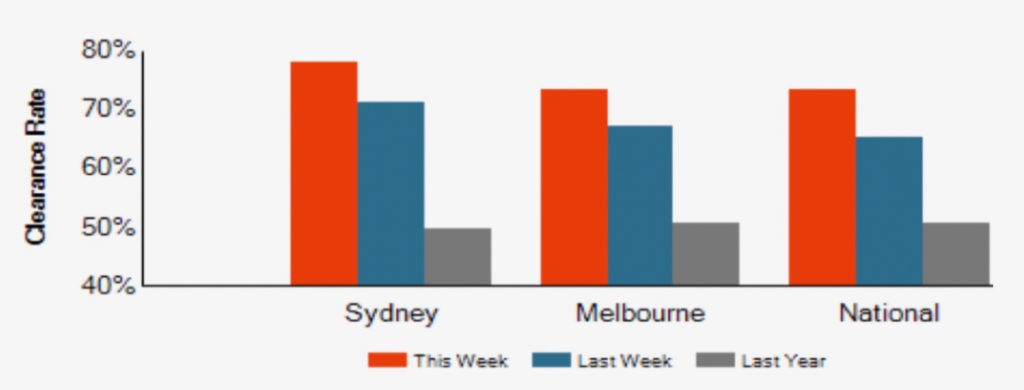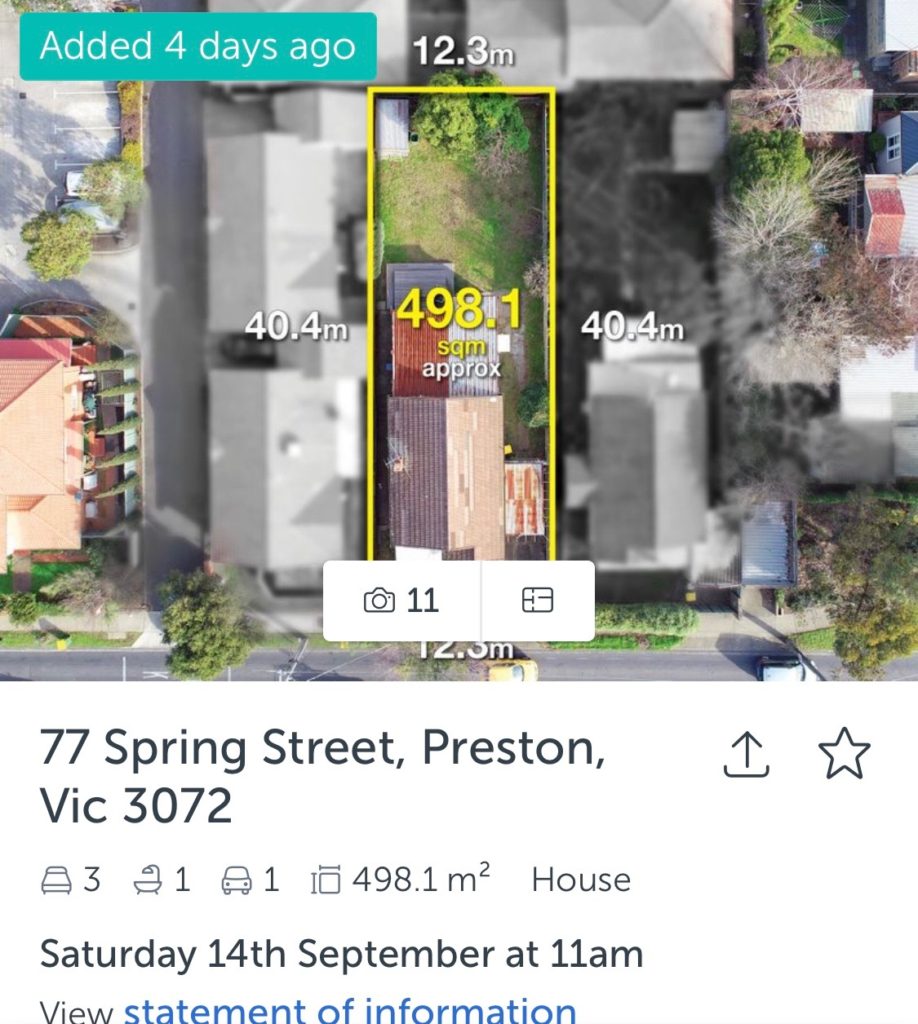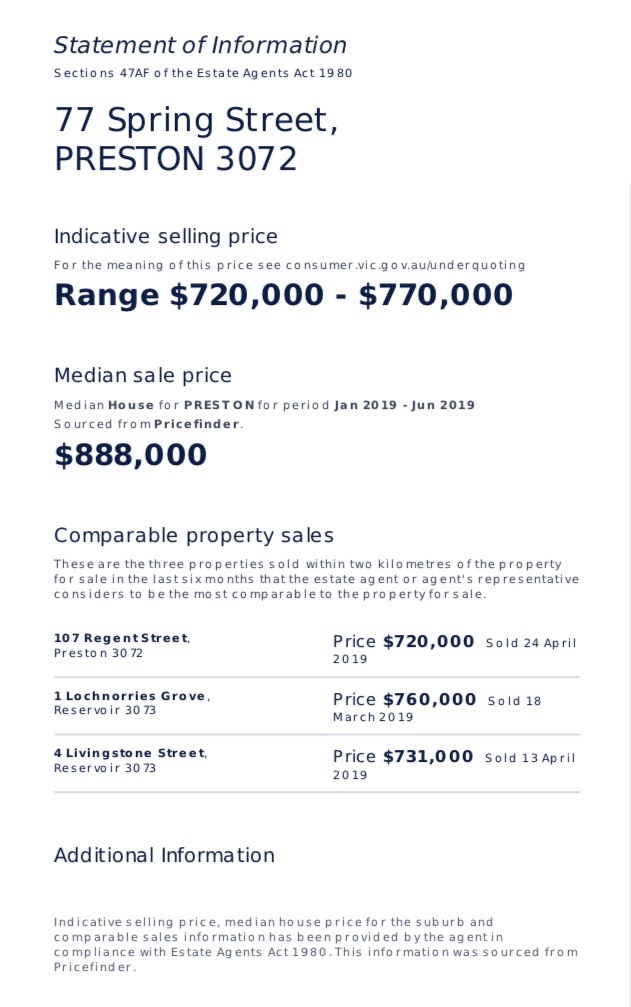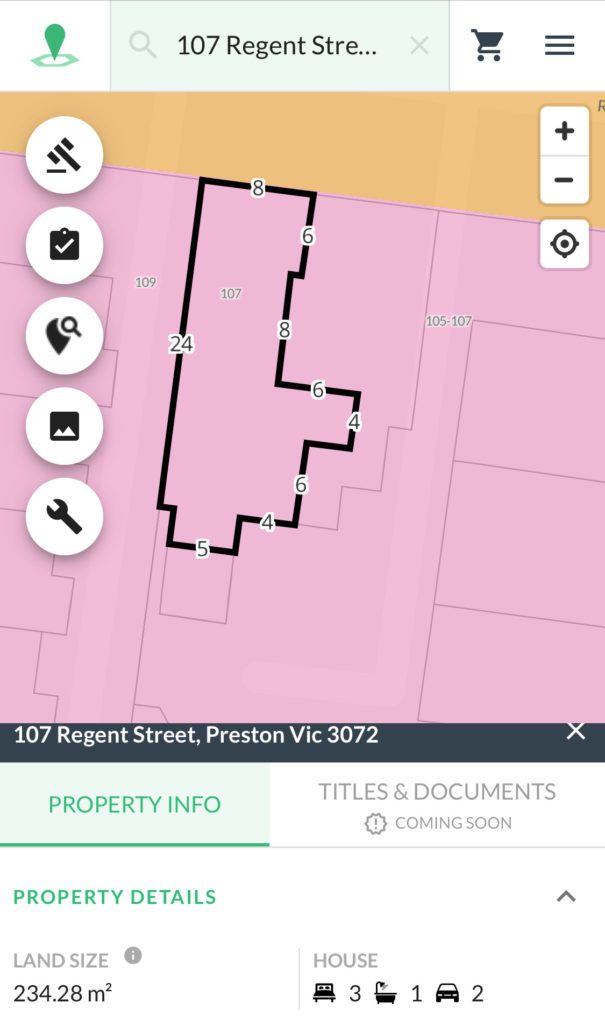Now that property values in Melbourne are back on the rise after a miserable downturn, one social observation is loud and clear. Buyers are getting upset about under-quoting. This increased upset has struck consistently over the cycles as our market has started to show green shoots and spell recovery. Buyers who sat back to adopt a ‘wait and see’ approach are now finding themselves battling it out with tough auction conditions, strengthened competition and the litmus test is our auction clearance rate.

The issue of under-quoting has raised it’s ugly head again, and this time is not dissimilar to others.
But there are two distinct categories of underquoting now.
One is situational, and not a deliberate ploy on the agent’s part. In a rising market, the most recent comparable sales may not be recent enough.
In other words, our market movement has been so dramatic since the election that most May sales are indeed not comparable.
A vendor may justifiably set their price expectation based on a recent sale (or several recent sales) that they deem to be broadly representative of their property. Despite strong buyer interest and changed conditions, the vendor may still maintain the expectation for a modest result.
These vendors will likely get a very pleasantly surprising auction result on auction day if their property is not compromised and has attracted an ample crowd.
The other category of under-quoting is more sinister, however. It’s a deliberate and misleading ploy to attract stronger buyer inspection numbers. People often ask, “Why do agents think that attracting a crowd with an insufficient budget will be effective?” It’s a fair question, and sometimes the ploy can backfire on an agent when the crowd is plentiful and the budgets are under the reserve, but often we see buyers get carried away with the property and they stretch their budgets. Social proof (ie. seeing others pursuing the property also), a fear of missing out, a competitive streak or a genuine emotional attachment to a property can all be drivers for a buyer to increase their budget.
A horrid old adage, “Quote it low and watch it go” still lurks in some parts of our industry.
In recent years our regulator made some significant changes to the way in which Victorian agents must quote an indicative price range on an advertised property. The crackdown on the under-quoting regime was evident, and many agencies were heavily fined and cases were featured in the media.
The Statement of Information was introduced, aiming to share with prospective buyers the properties that the listing agent deems comparable to the sale property in question. The resultant quote range is meant to reflect this collation of recent comparable sales results, and in the absence of any suitable sales, the agent must state a fair and reasonable price estimate that is reflective of the vendor’s price tag.
Little did our regulator realise that this wouldn’t stomp out the practise.
Discretion still applies for agents, and those who wish to use unreliable ‘comparable sales’ are still doing so. Could our regulator police this? Possibly, but this would require a full assessment of every cited ‘comparable sale’ on each listing now. It creates a bureaucratic challenge.
Some of the tactics that may signal a property has been under-quoted can include ‘comparable sales’ as follows;
- Older sales that are no longer relevant in this market (a particularly pertinent point currently, with a dramatic differential in market conditions between pre-election and post-election sales results),
- Properties in locations that are substantially more compromised than the subject property (ie. main roads, train lines, alternative zones, etc),
- Anomaly bargain results that resulted from difficult selling conditions, (ie. a vendor who was desperate for a fast sale),
- Neighbouring (inferior) suburbs,
- Units (as opposed to houses), or apartments (as opposed to villas/townhouses), etc.
There are plenty of ways that a creative agent can select inferior sales to justify a lower quoted price. Likewise, we often see agents declaring “limited comparable sales available” in an effort to avoid sharing reasonable comparable sales. Sometimes we just see that an agent’s genuine attempt to identify comparable sales is poor. ‘Comparable’ is still based on opinion, and opinion doesn’t equate to science. The point is that not all comparable sales attempts are equal.
What does this mean for buyers then?
Buyers must be prepared to review and question the cited comparable sales.
A quick assessment of a Statement of Information can give a buyer a head-start when it comes to determining whether a property can feasibly fit within their budget. Searching the cited ‘comparable sales’ online will demonstrate whether any of the issues above could apply to the selection. If so, the onus is on the buyer to continue on with their own research.
Take this example; an old Preston home within circa 10km from Melbourne’s CBD. A renovator’s opportunity, for sure, but an area that has been hotly contested by first home buyers over the past decade.


In this case, every sale is dated to pre-election. The first sale is a unit on a main road. The second and third sales are in an inferior suburb located further from the CBD.

If I was assessing this property for a client I’d deem these comparable sales unreliable.
Further analysis would most certainly be required.
Whatever this property does eventually sell for is yet to be determined, but for the purposes of assessing the reliability of the Statement of Information, this is an interesting example. The house may well sell within the $700,000 – 770,000 stated range, but the cited comparable sales are not reliable in my view.
Checking the sold tab on the search engine is our best buyer’s free tip when conducting a high level analysis. Buyers should be familiar with the land size, the locale and the condition of the property that they are assessing, and should then aim to identify other similar sales in the same suburb within the most recent three month period.
A quick scan of a search engine shows that 31 houses have sold in Preston since 20 May. Buyers have some data to assess and consider, (beyond the cited sales) when conducting their own analysis.
Statements of Information are supposed to be reliable, but buyers are naive if they don’t do their own research.
REGISTER TO OUR NEWSLETTER
INFORMATION
CONTACT US
1A/58 ANDERSON STREET,
YARRAVILLE VIC 3013
0422 638 362
03 7000 6026
CATE@CATEBAKOS.COM.AU
